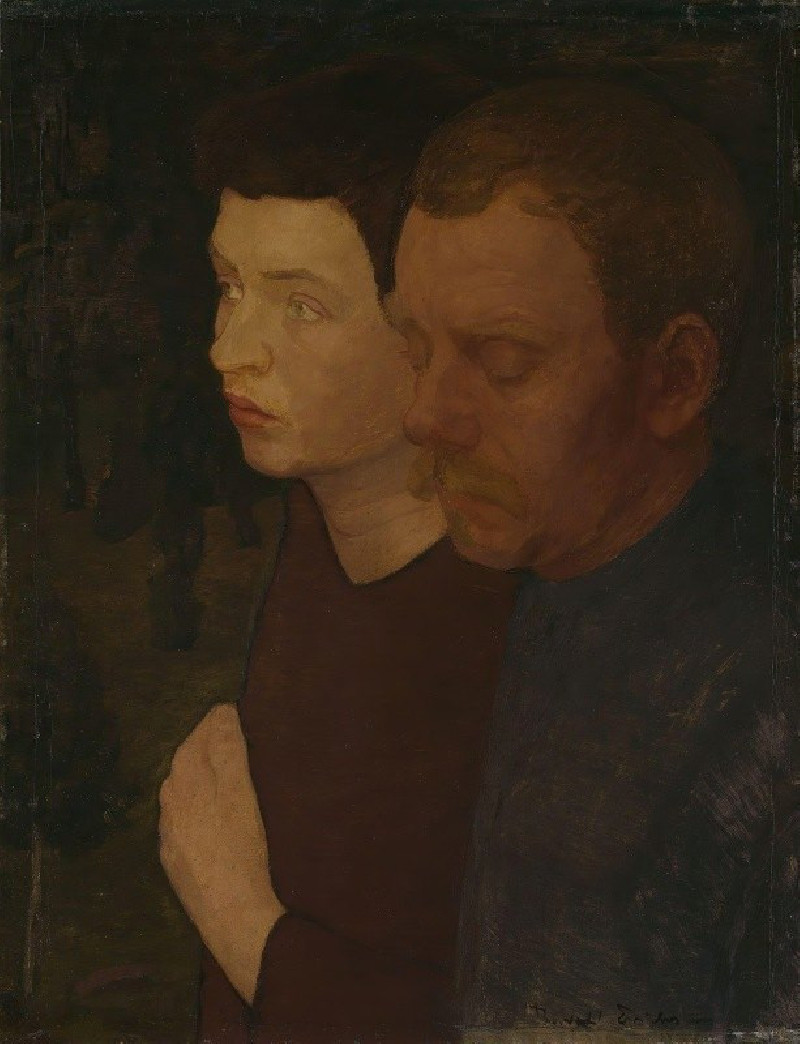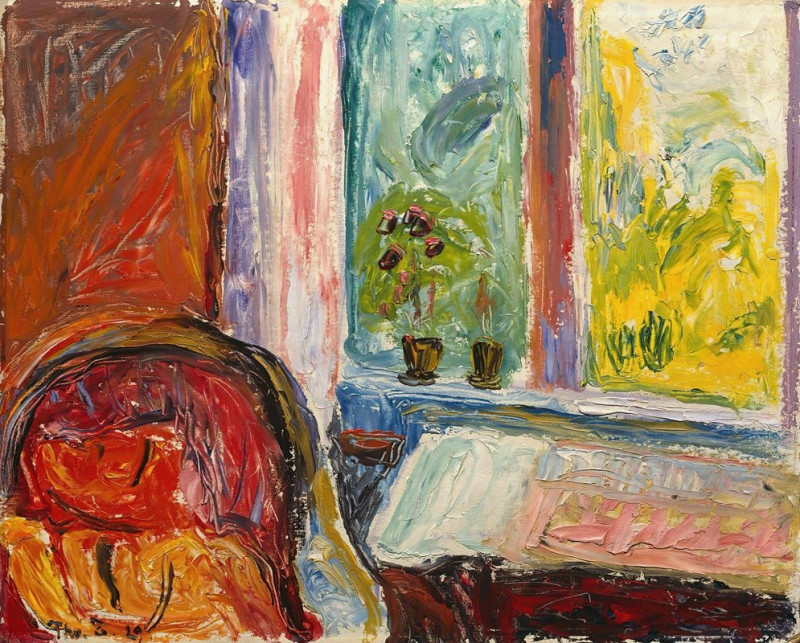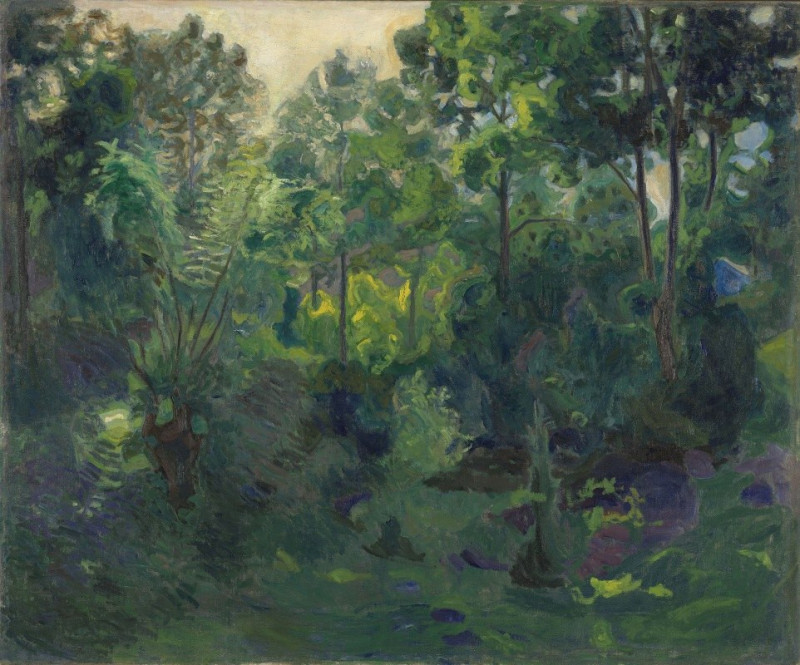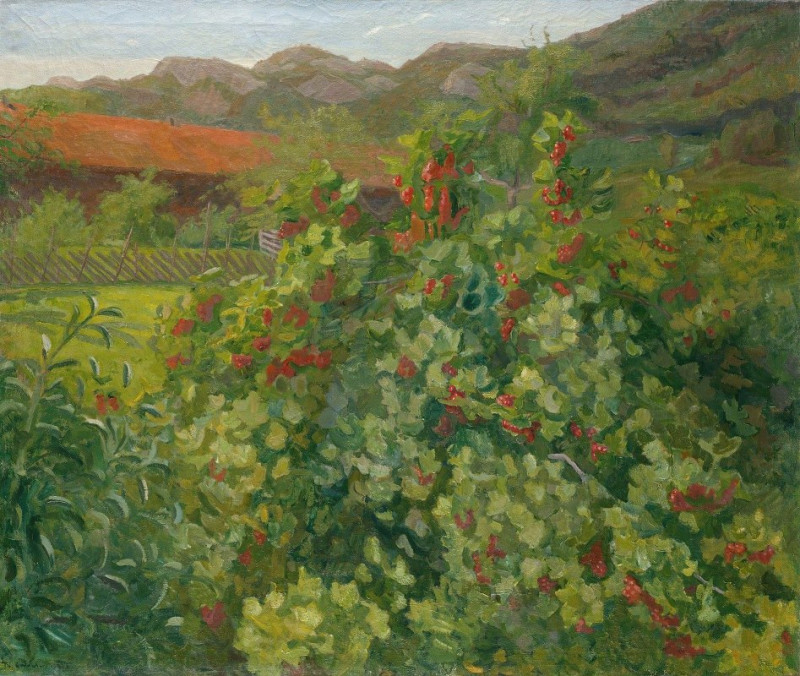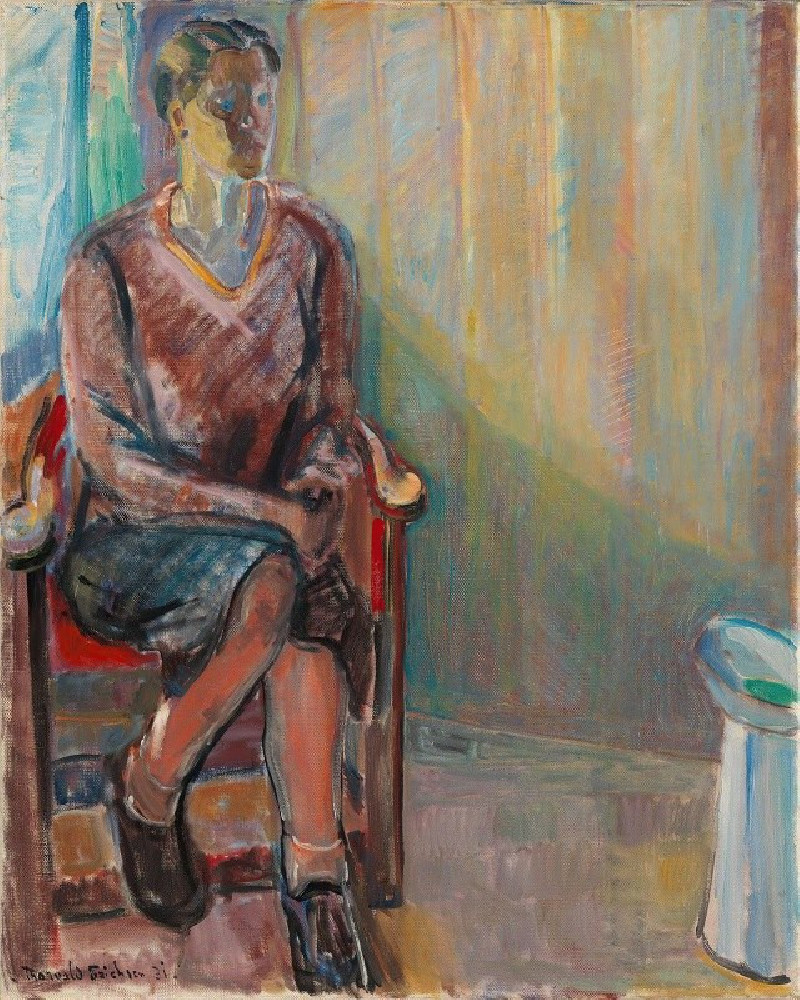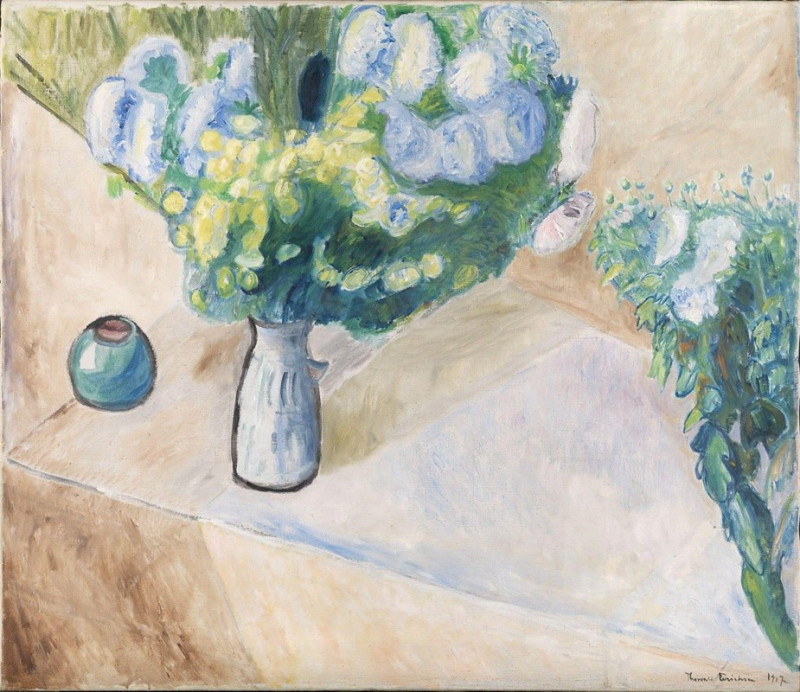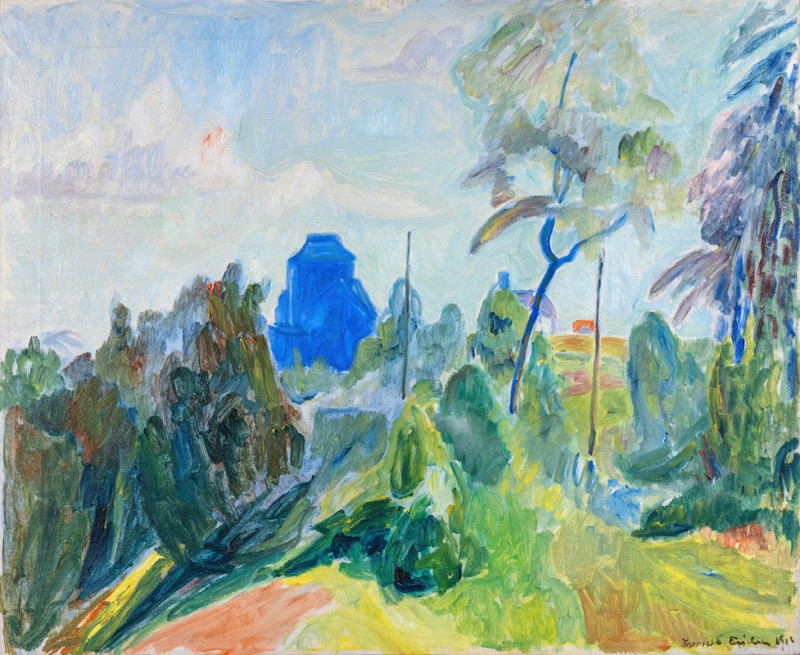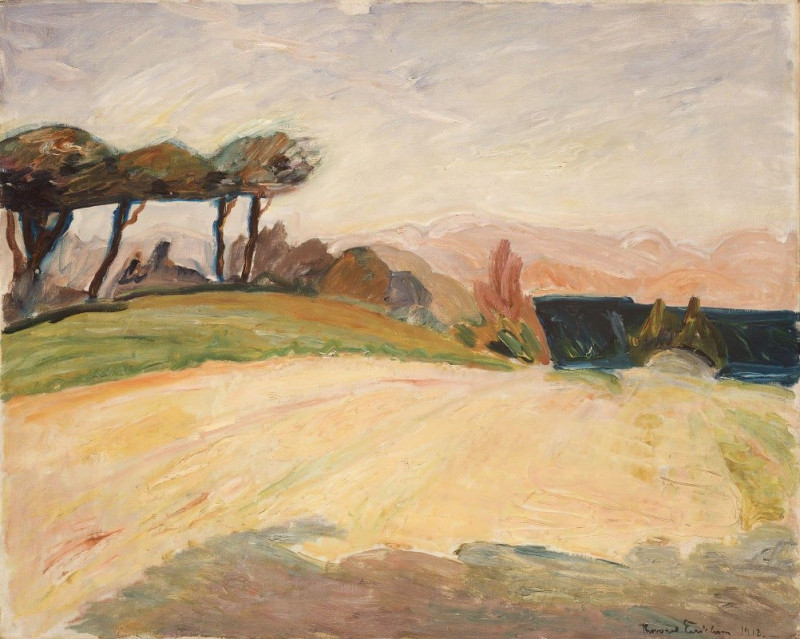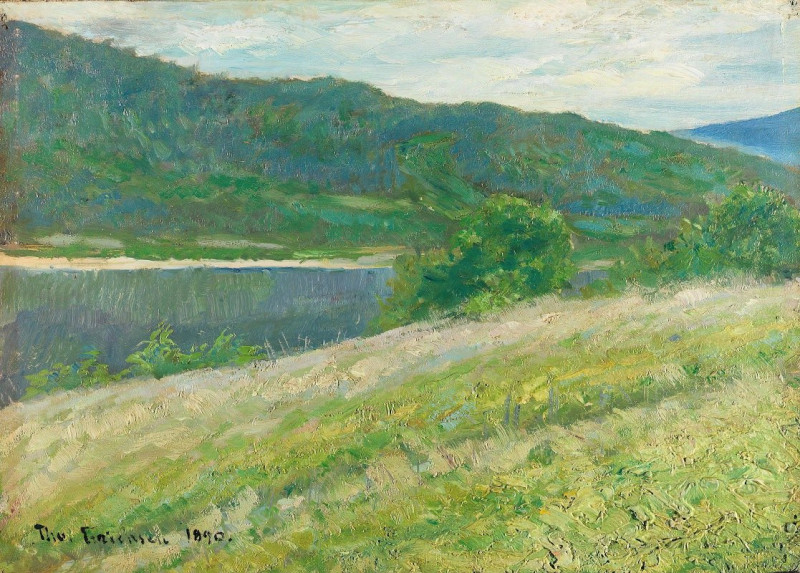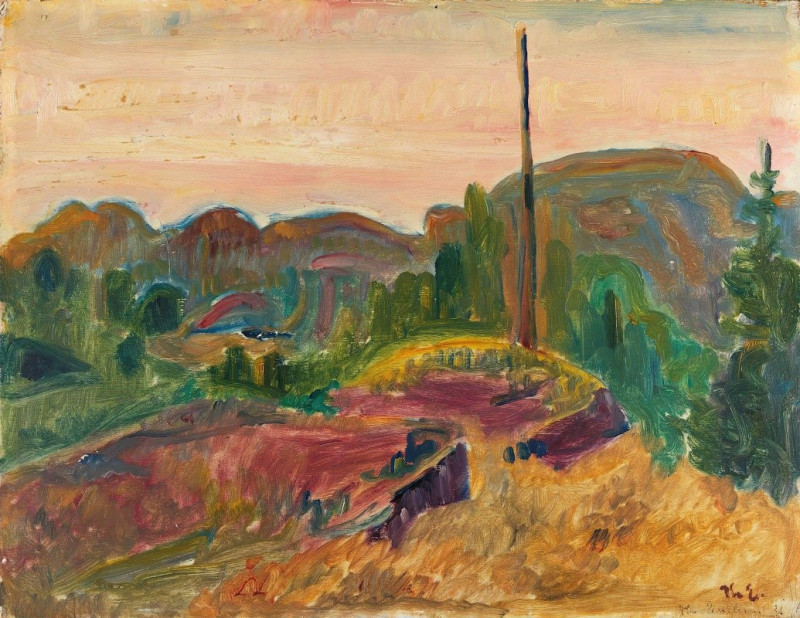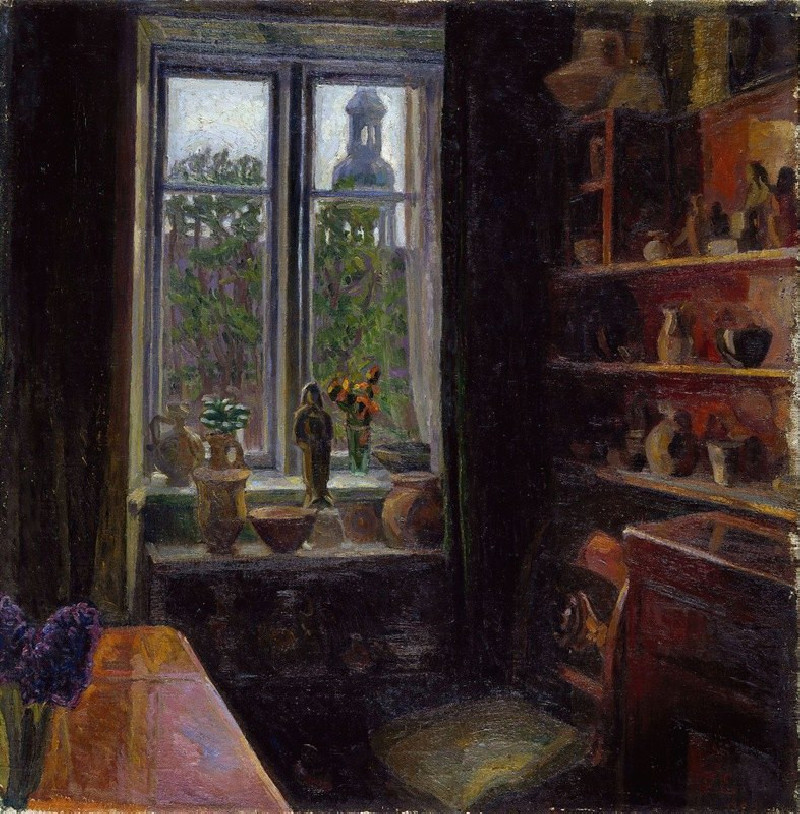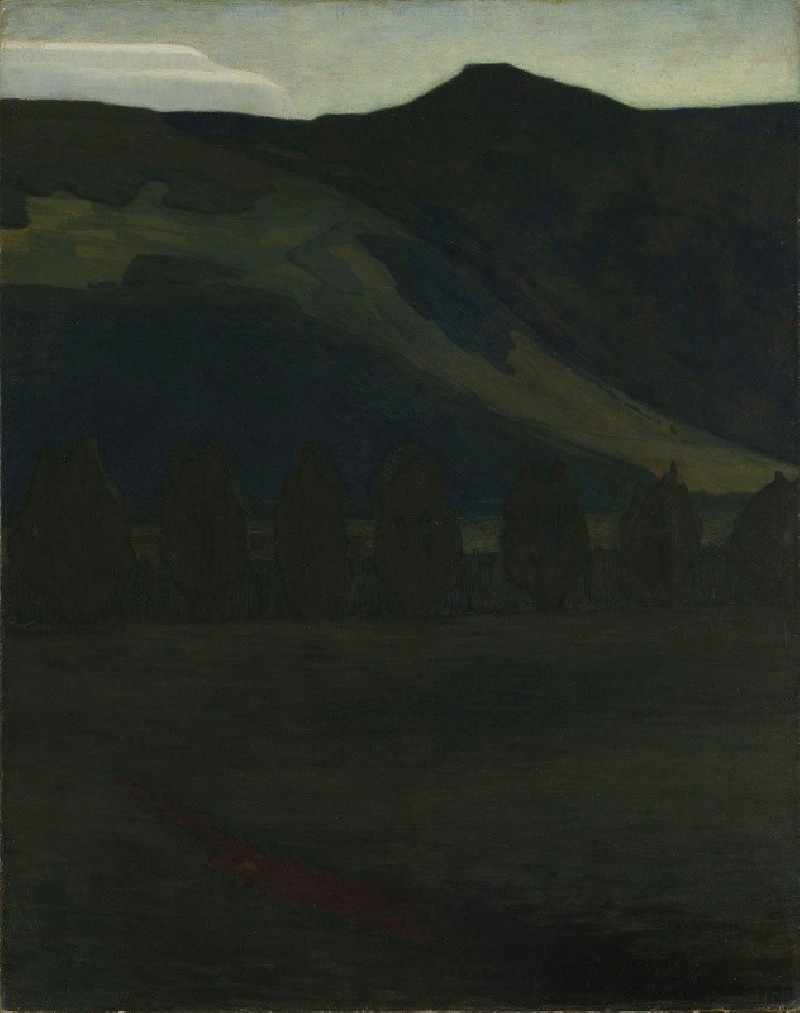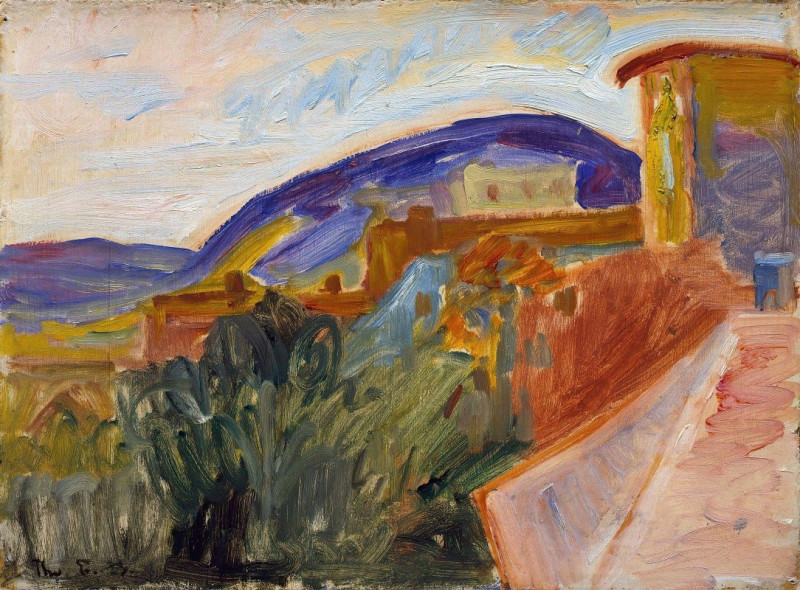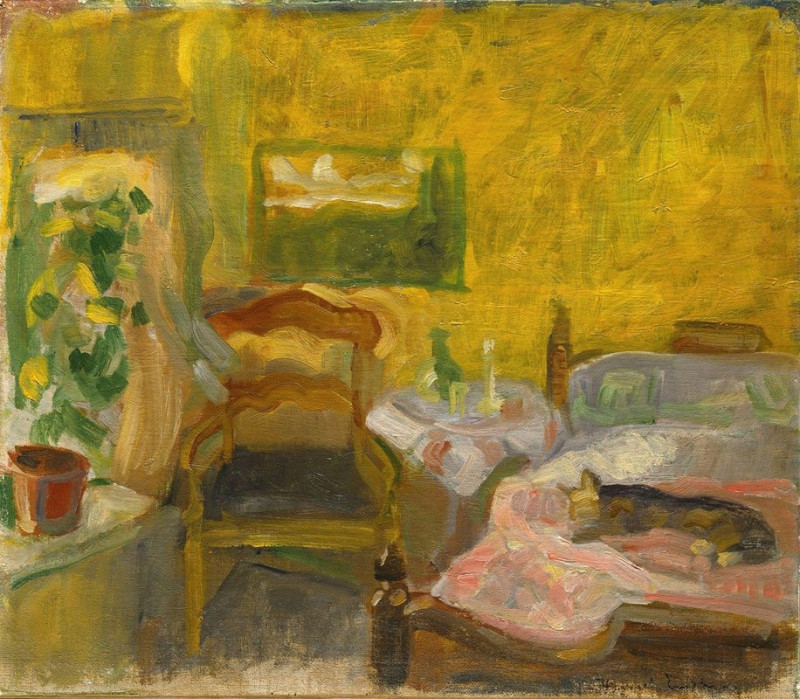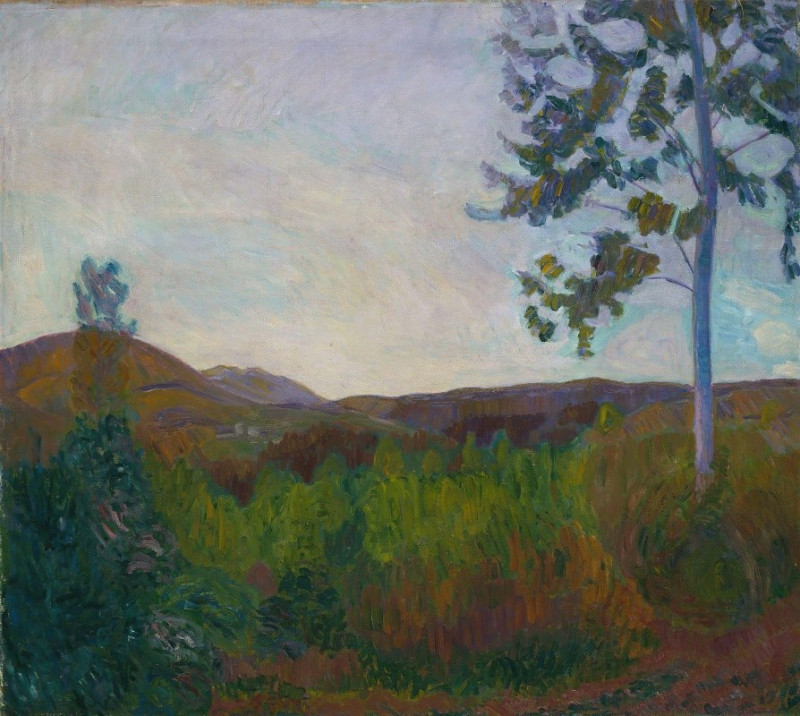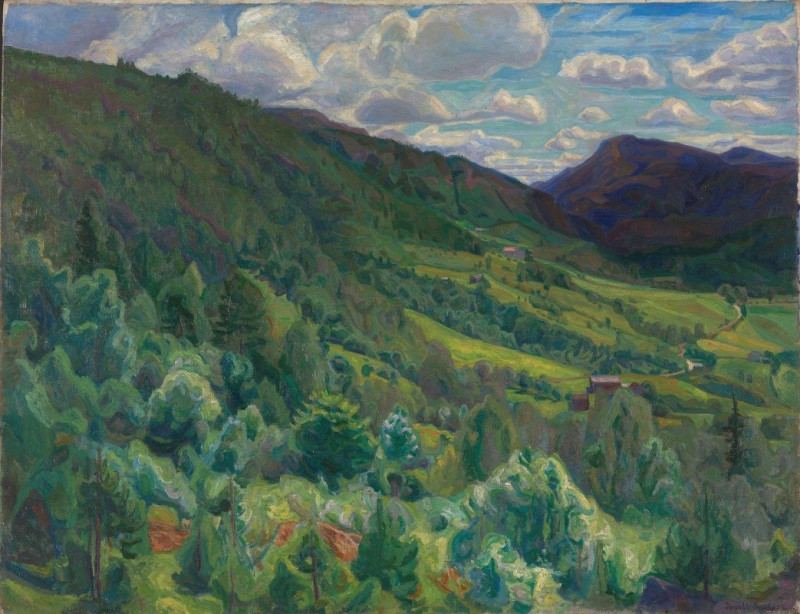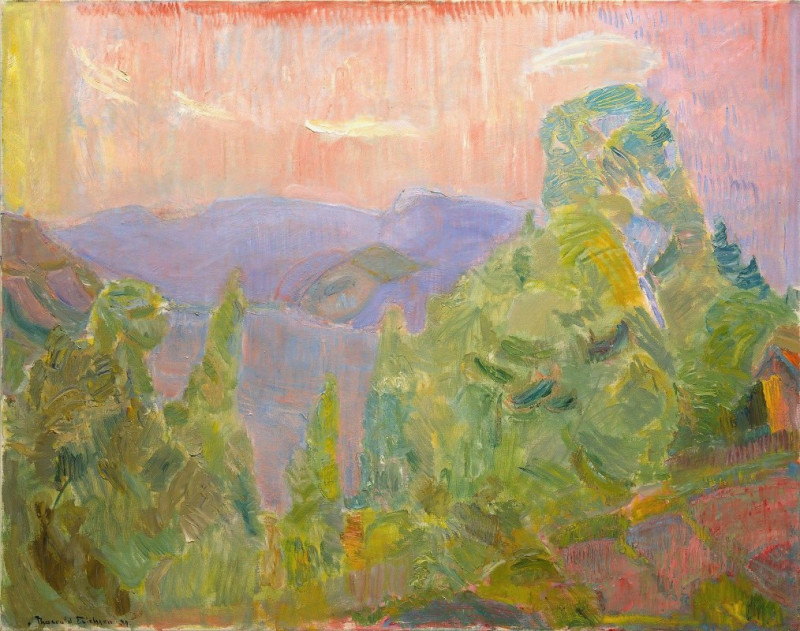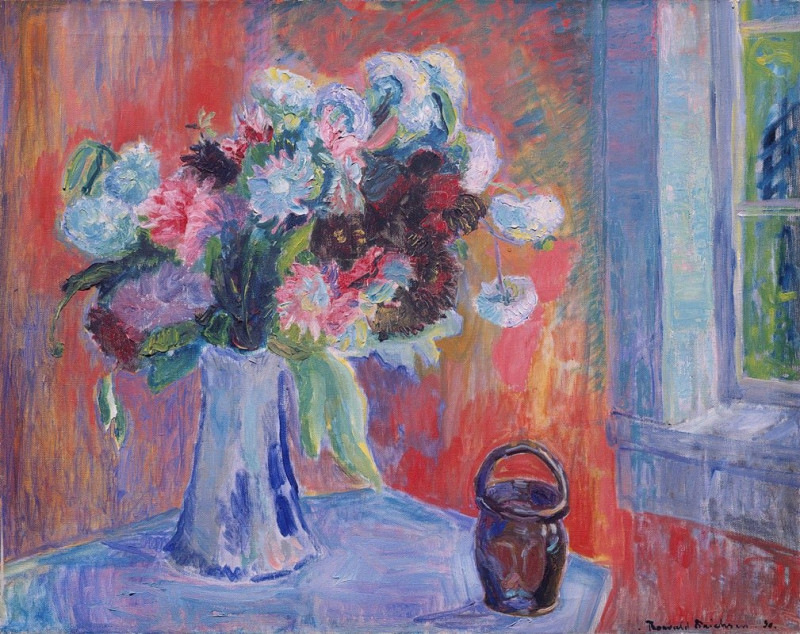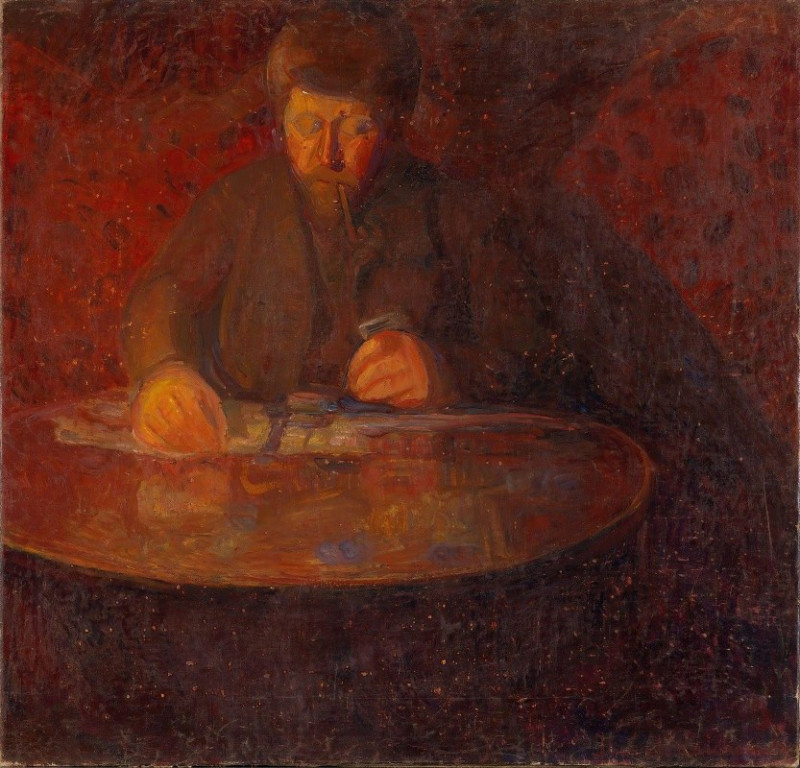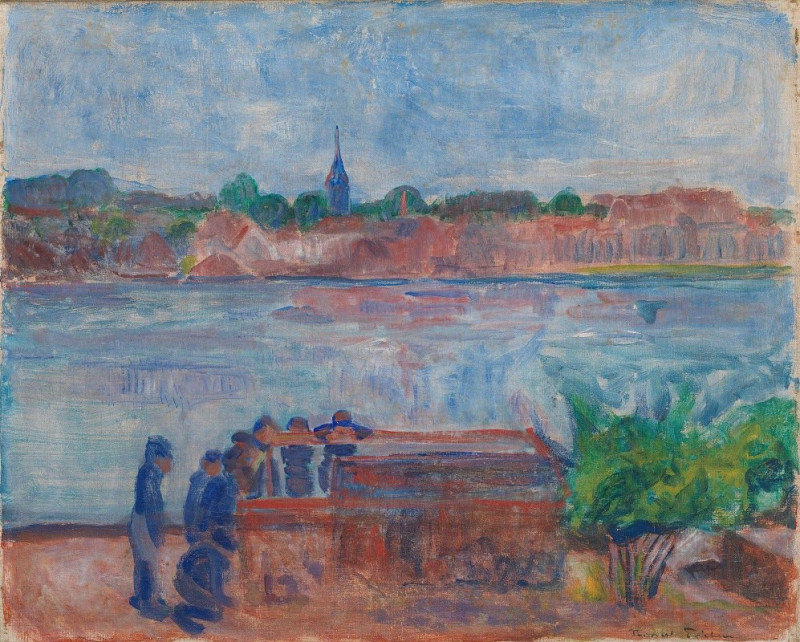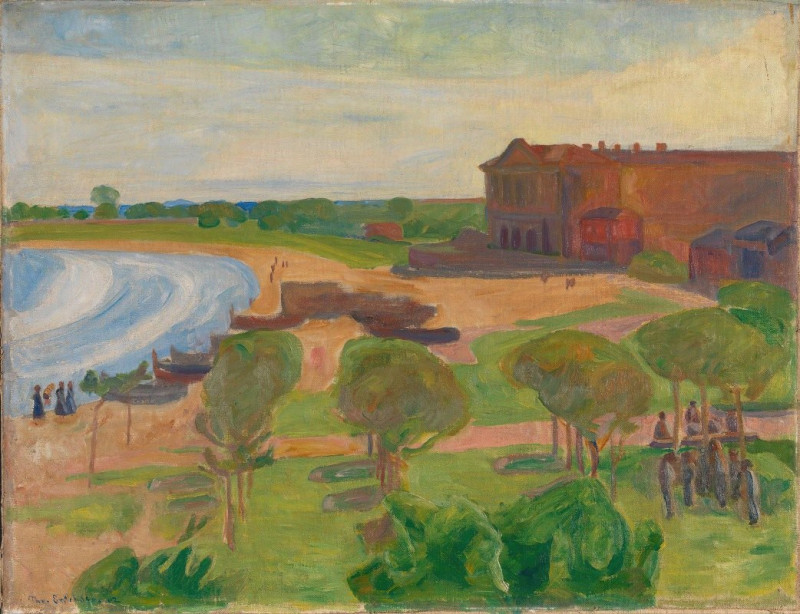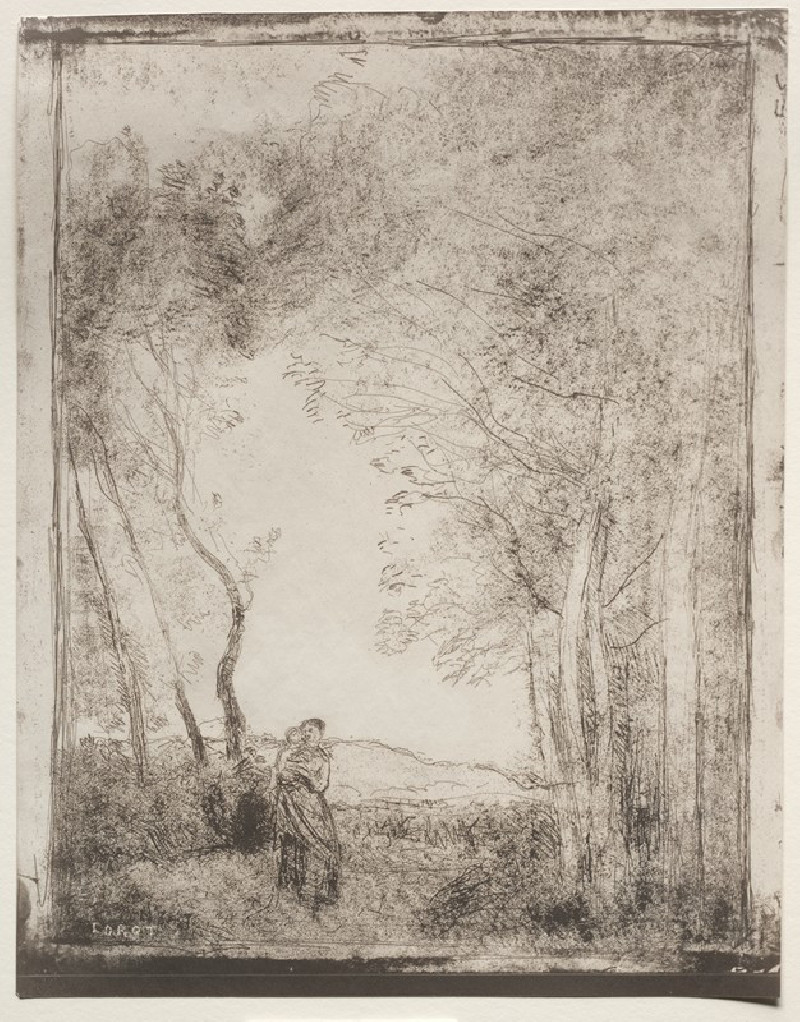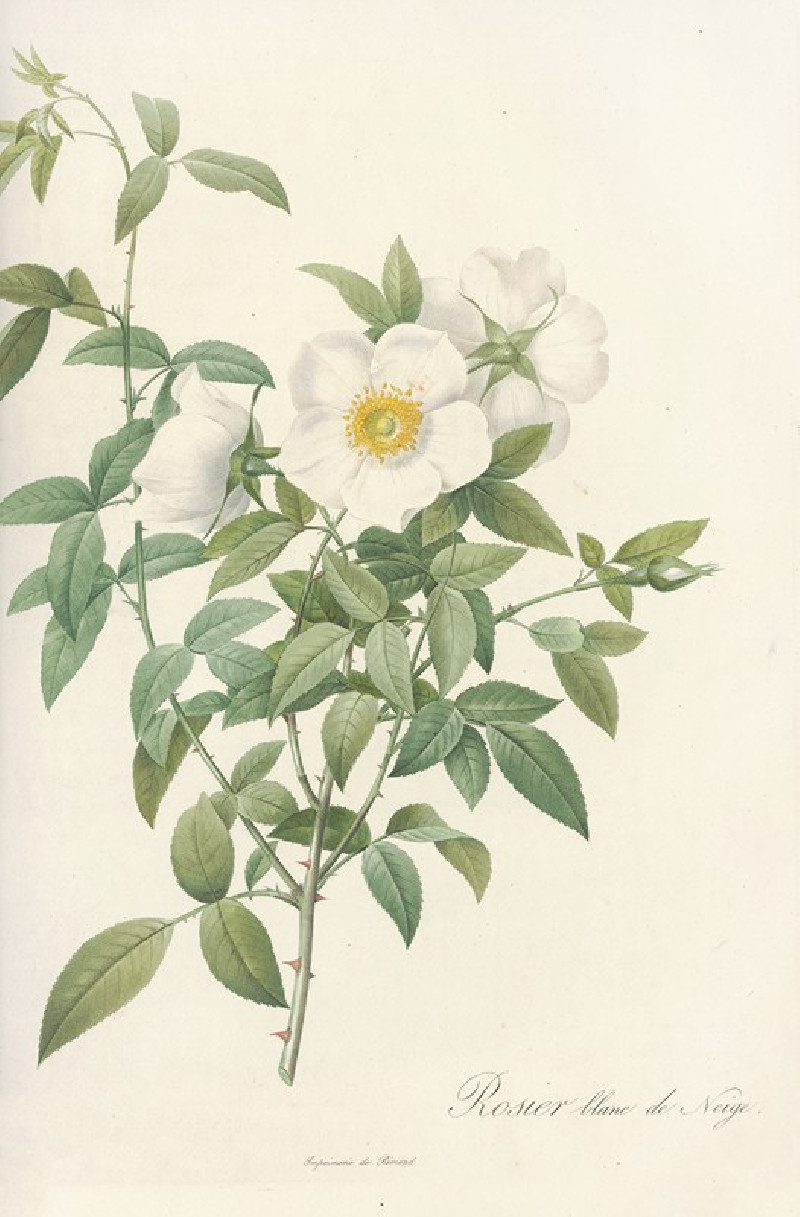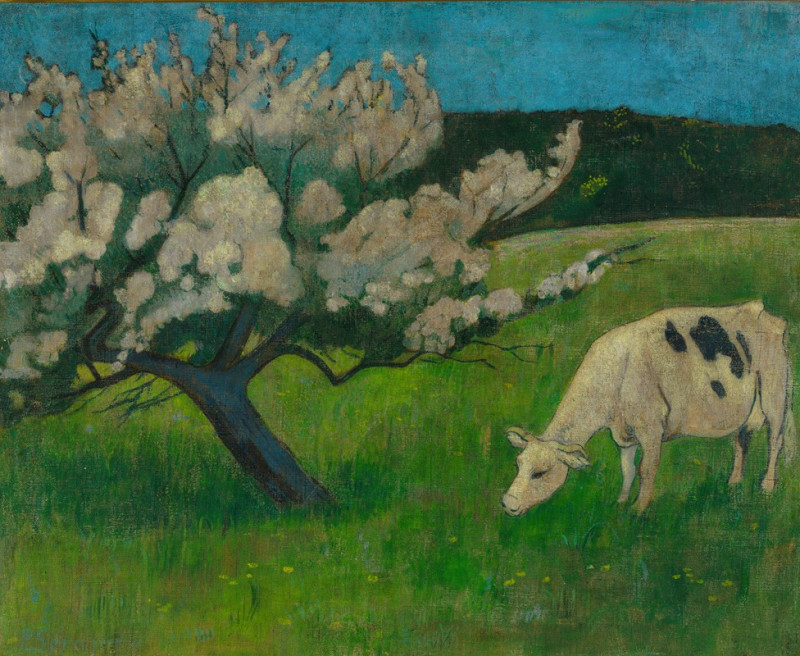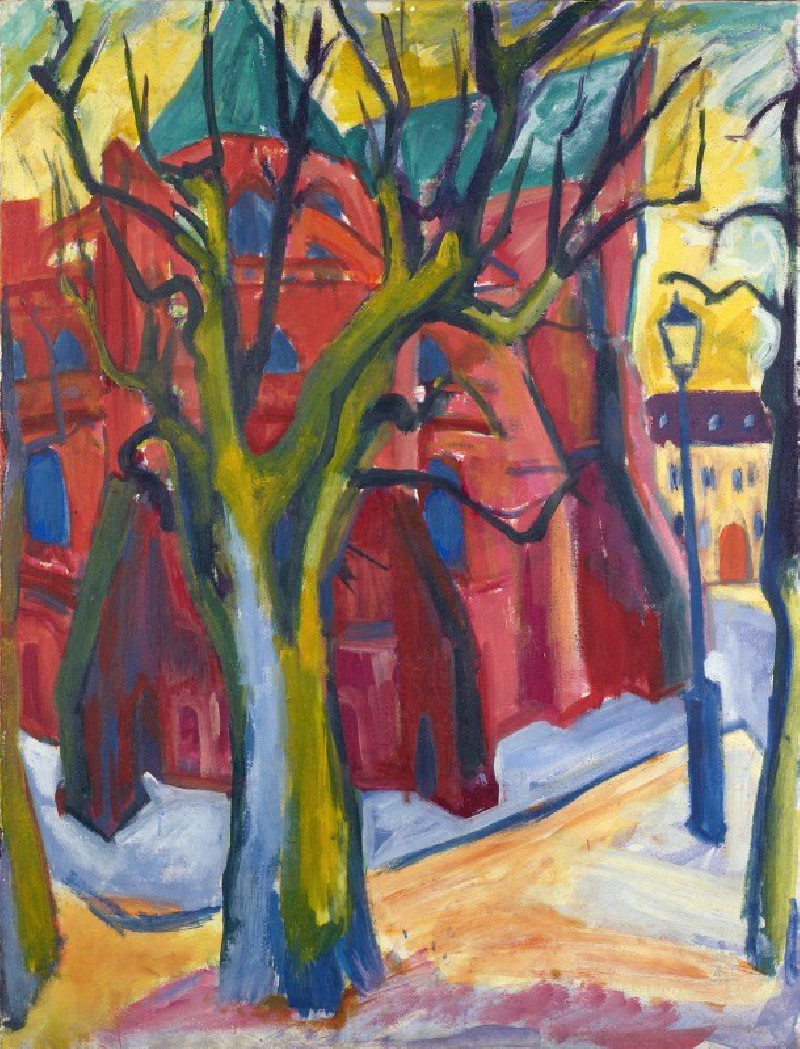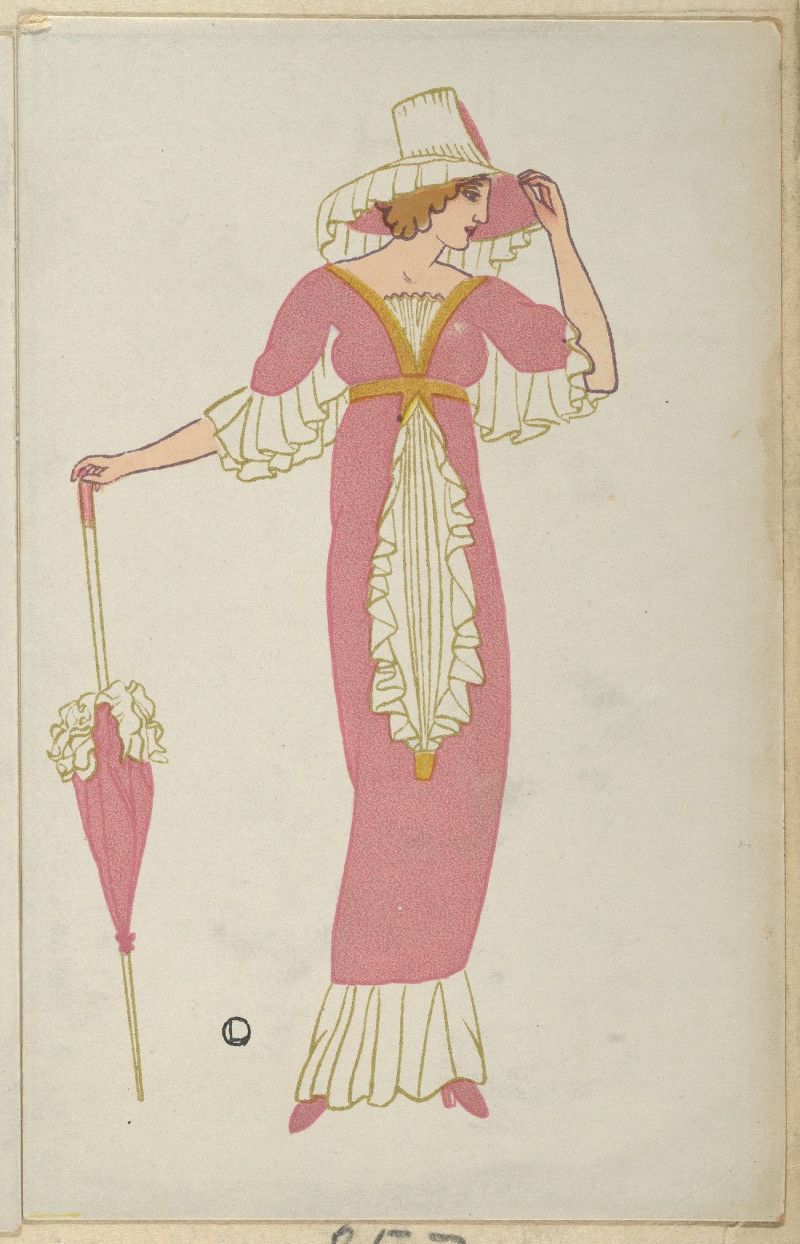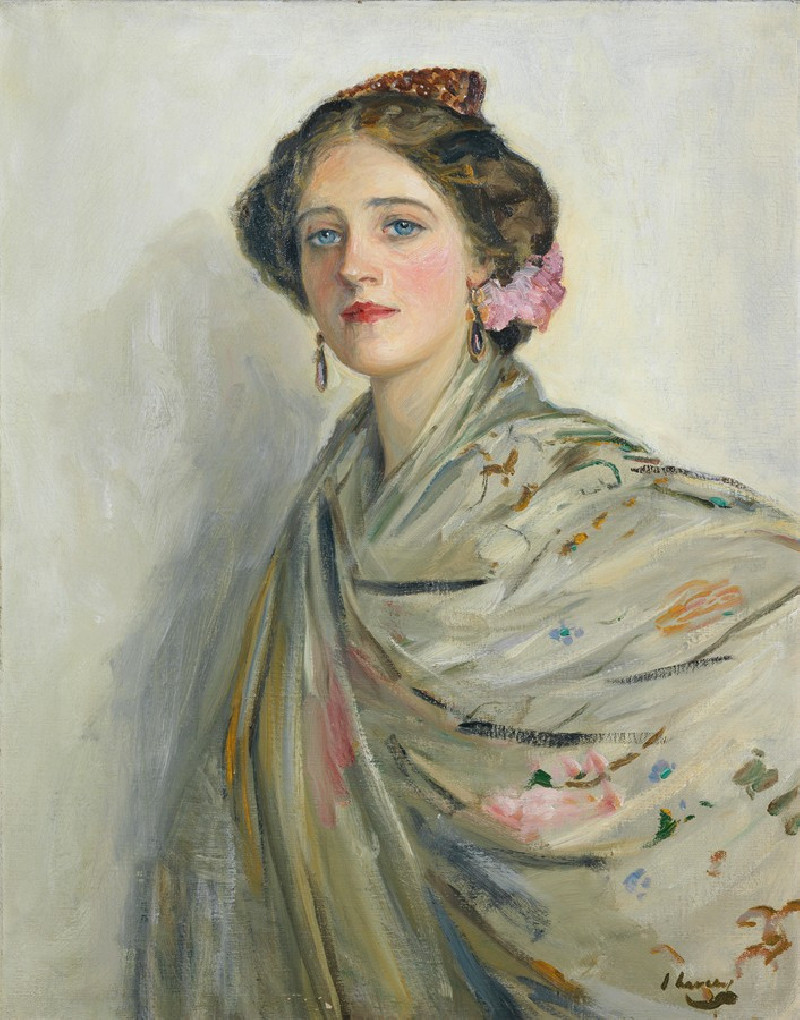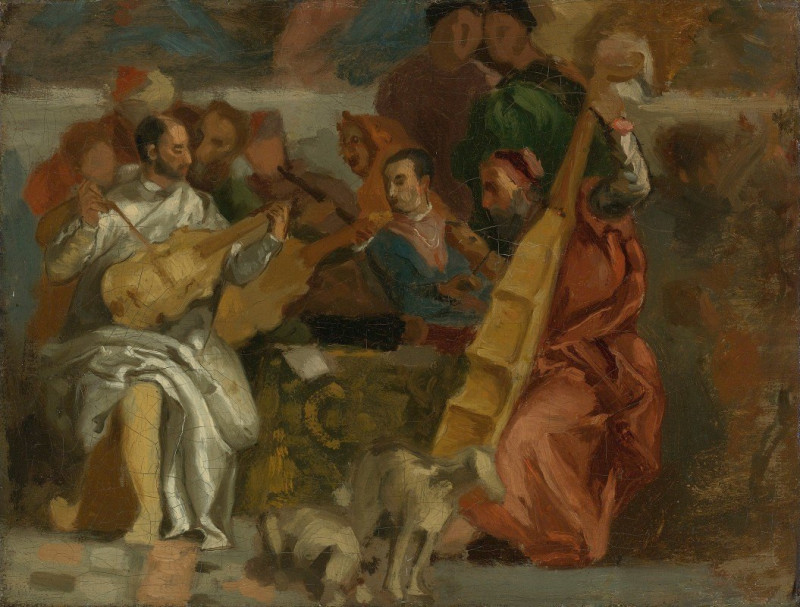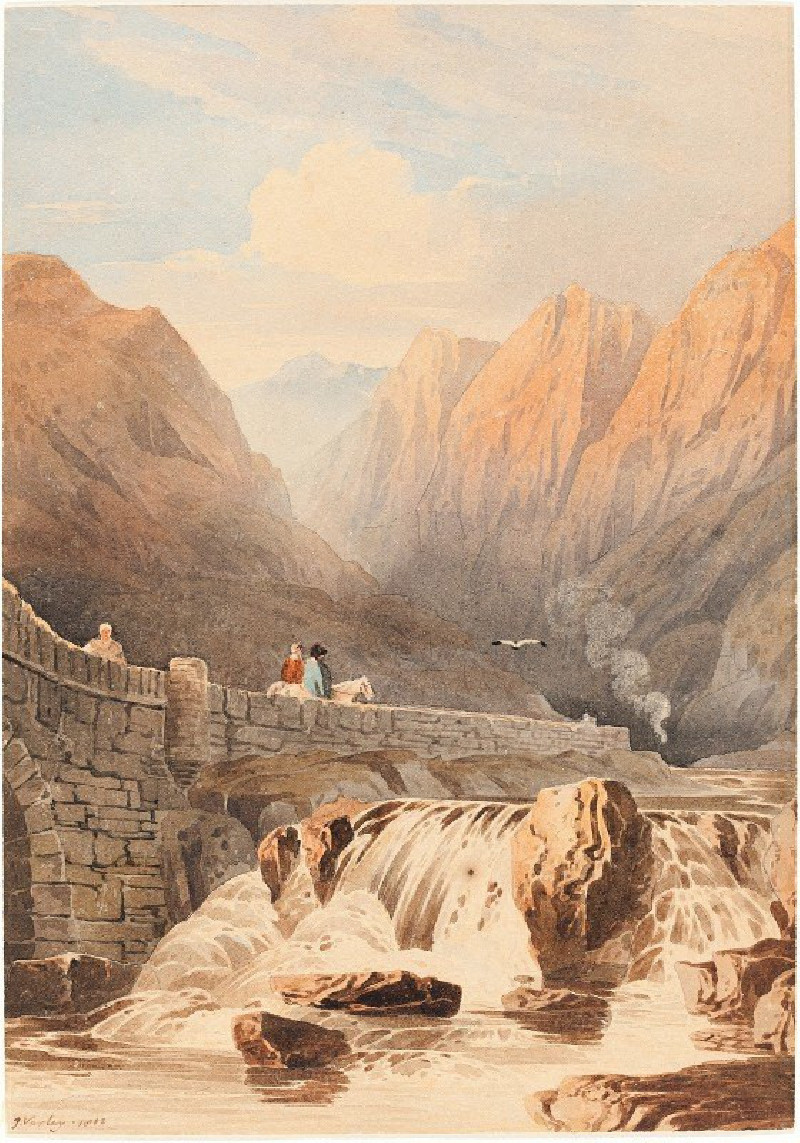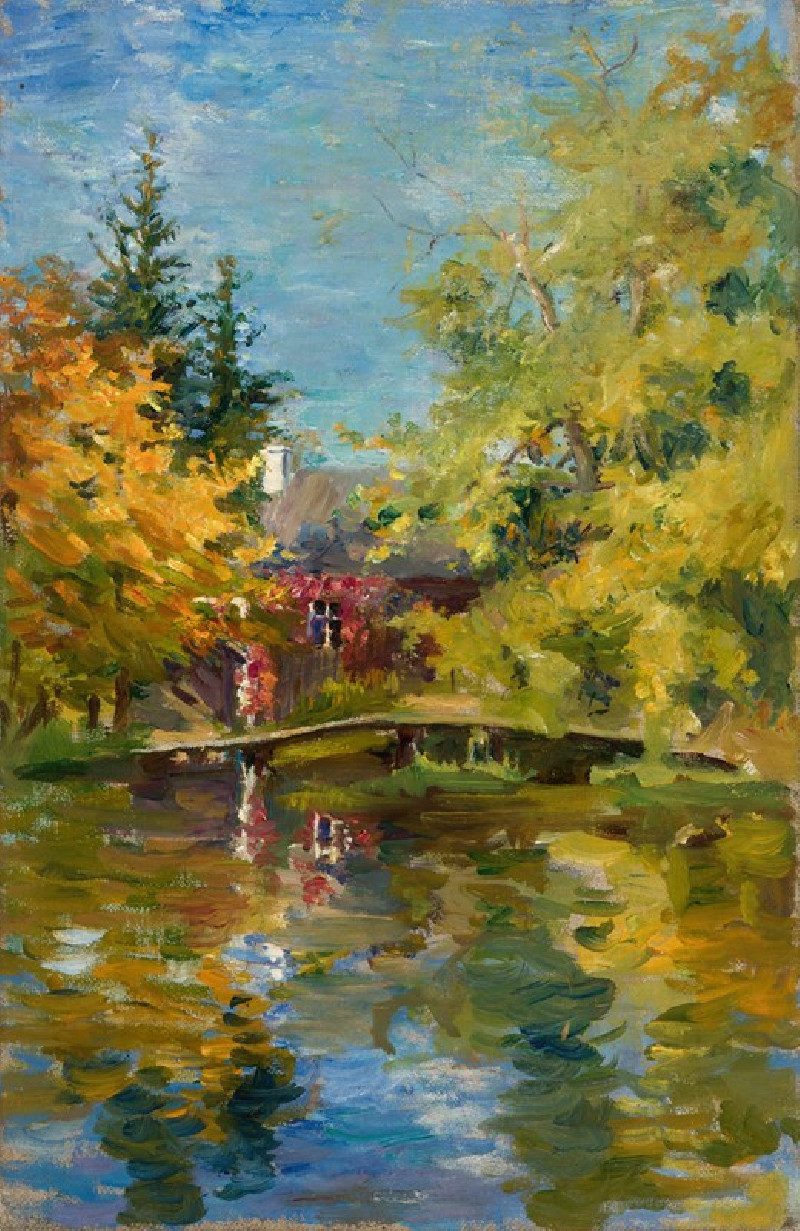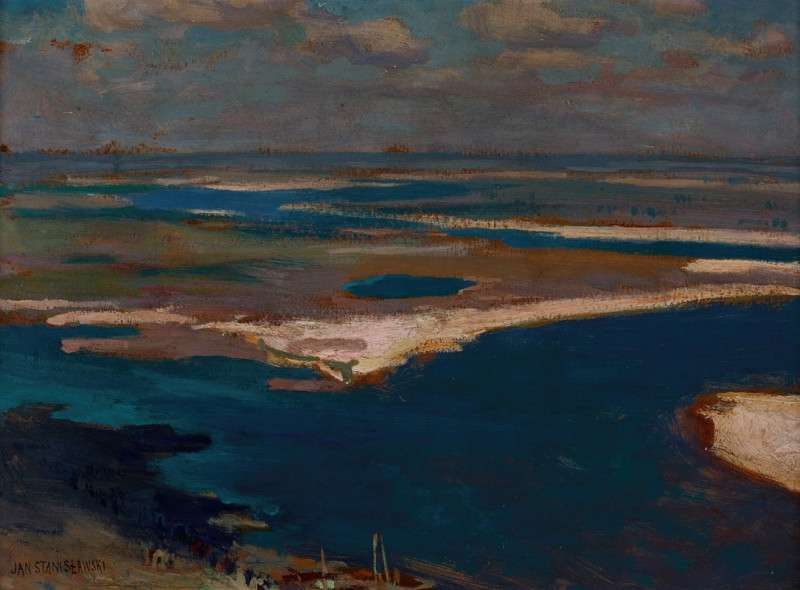Portraits of the Painters Oluf Wold-Torne and Alfred Hauge (1894)
Technique: Giclée quality print
Recommended by our customers
More about this artwork
The poignant double portrait titled "Portraits of the Painters Oluf Wold-Torne and Alfred Hauge," painted by Thorvald Erichsen in 1894, captures a deeply evocative scene. In this oil on canvas, Erichsen boldly portrays the solemn expressions and contemplative stares of his fellow artists, each artist rendered with delicate precision that highlights their unique facial features and expressions, drawing viewers into a narrative of artistic camaraderie and introspective solitude.Positioned against a neutral, dark background that suggests the tone of late 19th-century portraiture, the two figures emerge with a striking intensity. Oluf Wold-Torne, shown on the left, appears younger, his gaze slightly uplifted, possibly reflecting hope or reflection. Alfred Hauge, depicted on the right, seems older and carries a more somber expression, perhaps indicative of the wisdom or the burdens that come with age and experience.Their close proximity and similarly stern expressions suggest a shared understanding or mutual respect between these two men, possibly reflecting their common journey in the art world during that period. The subtle interplay of light and shadow on their faces enhances the emotional depth of the portrait, inviting the viewer to ponder the thoughts and lives of these artistic figures.Thorvald Erichsen's skill in capturing the essence and personality of his subjects makes this work a fascinating study of character and a testament to the bonds formed within the creative communities of his time.
Delivery
Returns
Thorvald Erichsen was a Norwegian Post-Impressionist painter; primarily known for landscapes and still lifes.
Thorvald Erichsen was born in Trondheim, Norway. He was the son of Ernst Erichsen (1820-1869) and Trine Jensine Rian (1829-1884). Erichsen's father was a confectioner and died when Erichsen was very young.
Although at first he wanted to be a pianist, in 1886 he began studying law, then dropped out and attended a painting school run by Knud Bergslien, where he completed a course in arts and crafts. He later moved to Copenhagen, where he became a student of Christian Zahrtmann, who had a greater influence on his artistic development.

